The e-commerce industry has continued to witness exponential growth around the world, with an astonishing USD 2.86 trillion in 2018 and is estimated to grow further to USD 6 trillion in 2022. The not-to-be-missed Asia Pacific market had a 35% economic growth rate in 2018 with a USD 1.8 trillion retail e-commerce sales, positioning it to be a clear leader to achieve one-fourth of global e-commerce share by 2023.
Here is the overview of 10 e-commerce cities in Asia - those urban cities that have interconnected systems that make up an e-commerce ecosystem.
1. Bangkok, Thailand
Metropolitan Area: 7,761.5km²
Population: 15.7 Million
Internet Penetration Rate: 67%
Smartphone Penetration Rate: 41%
Digital Banking Penetration Rate: 67%
Retail Market Size: 62 Billion USD

* Bangkok’s online retail commerce is driven by increased internet penetration, smartphone penetration, mobile usage and intense competition among e-commerce operators, driving more customers to shop online.
* Third-party logistic help retailers in the city becoming more efficient through delivery service.
* The government’s PromptPay service, which falls under the national e-payment scheme, is the key driver to stimulate e-commerce activities.
* The government’s Digital Thailand Initiative that first started in 2016 has brought a wave of opportunities for businesses across different industries to digitize their operations and services.
* Lack of promotion and support from the government on both policies and incentives, as well as customer e-commerce propensity on branding & trust and product quality are among the barriers for e-commerce in Bangkok.
2. Beijing, China
Metropolitan Area: 16,808km²
Population: 21.7 Million
Internet Penetration Rate: 78%
Smartphone Penetration Rate: 85%
Digital Banking Penetration Rate: 65%
Retail Market Size: 152 Billion USD

* Beijing promotes the development of the internet and logistics in 2019 as well as continue to upgrading and increasing online trade.
* The number of enterprises that provide products and services through the Internet and wholesalers and retailers conducting e-commerce will increase.
* Beijing will also promote e-commerce in small and medium-sized enterprises, and in residential communities and rural areas.
* Traditional retailers and wholesalers are also encouraged to develop online business.
* The city will make policies for training couriers and lay down standards for delivery vehicles to promote the coordinated development of e-commerce and logistics.
3. Ho Chi Minh City, Vietnam
Metropolitan Area: 2,061km²
Population: 13 Million
Internet Penetration Rate: 87%
Smartphone Penetration Rate: 88%
Digital Banking Penetration Rate: 81%
Retail Market Size: 26 Billion USD
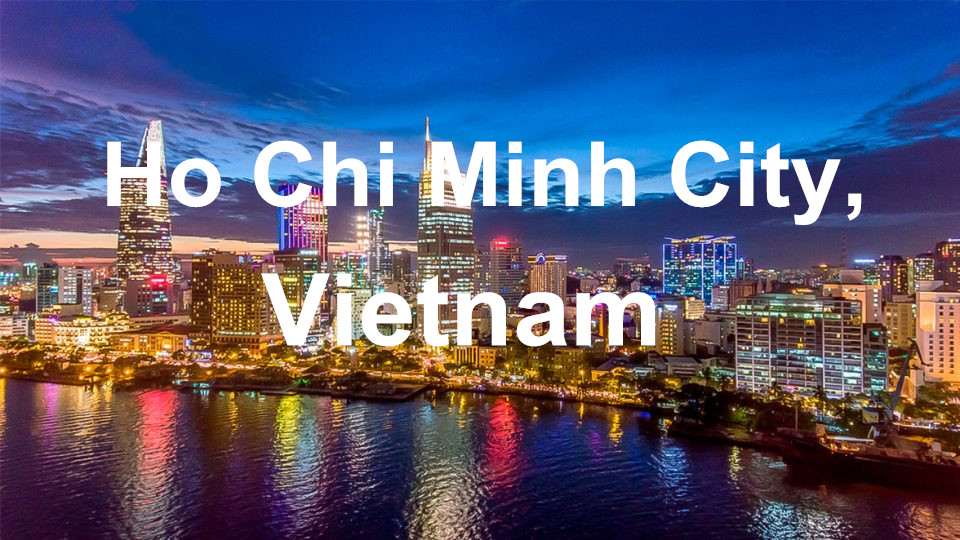
* The city’s market is adapting at a fast pace towards digitalization, measured by a high internet penetration rate and digital banking penetration rate.
* The acceleration of the e-commerce industry is clear and opportunities for the retail market are vast.
* The rapid growth of e-commerce in Ho Chi Minh City has been supported by the government through its future masterplan in developing the industry, which comprises a comprehensive legal framework for all e-commerce activities, a national e-commerce payment system, and integrated e-payment solutions due by 2020.
*Ho Chi Minh City still faces challenges due to an immature market and developing infrastructure.
- Lack of trust towards financial institutions
- Underdeveloped infrastructure
4. Hong Kong, China
Metropolitan Area: 2,755km²
Population: 7.5 Million
Internet Penetration Rate: 87%
Smartphone Penetration Rate: 85%
Digital Banking Penetration Rate: 90%
Retail Market Size: 75 Billion USD
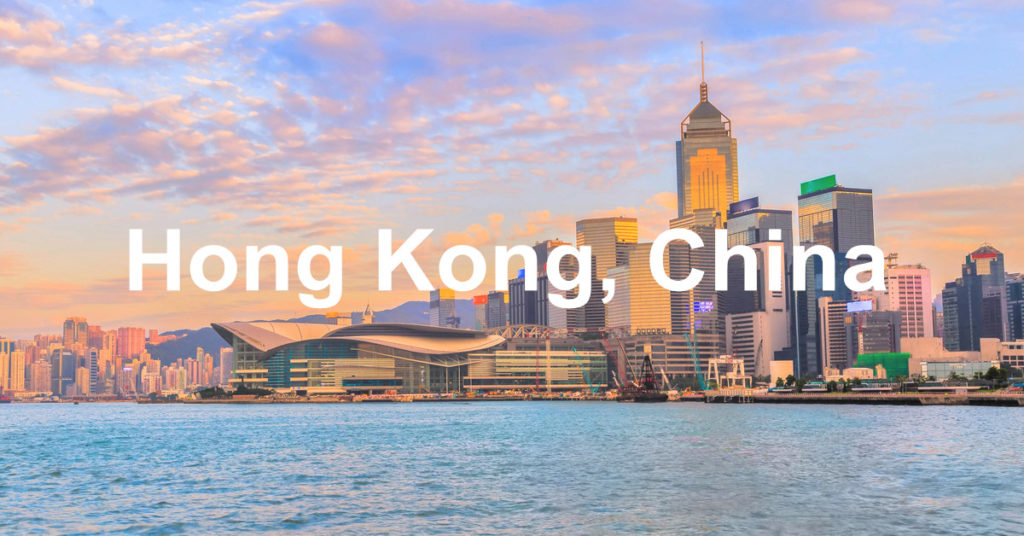
* E-commerce is developing rapidly in Hong Kong as more retailers set up their online presence and shoppers change their consumption patterns and lifestyles – a trend that is likely to reshape the general retail sector.
* Major retail chains such as large supermarket chains and furniture distributors, even select luxury brands, have further strengthened their online shopping services, with offers of discounts and other freebies.
* Multiple factors have hindered the development of e-commerce in Hong Kong
- Shopping in Hong Kong is too convenient.
- Shops in Hong Kong provide a wide variety of goods.
- Hong Kong shoppers are concerned about online security.
5. Jakarta, Indonesia
Metropolitan Area: 6,392km²
Population: 31.6 Million
Internet Penetration Rate: 72%
Smartphone Penetration Rate: 68%
Digital Banking Penetration Rate: 49%
Retail Market Size: 129.7 Billion USD

* With an estimated online population of 103 million who are currently spending an average $228 online, Indonesia has become one of the world’s fastest-growing in terms of e-commerce revenue and interest.
* A report says last year Indonesia recorded growth of 78 percent, with travel and clothing as their dominant sectors for spending.
* Consumers in Indonesia, especially those in the non-urban areas, have enjoyed a more affordable quality of life owing to e-commerce.
* The various offers of cashback using e-wallets from Indonesian e-commerce firms have also increased customers’ enthusiasm toward e-wallets, which have seen usage increase from 11 percent in 2017 to 15 percent in 2018.
6. Kuala Lumpur, Malaysia
Metropolitan Area: 2,243km²
Population: 7.4 Million
Internet Penetration Rate: 86%
Smartphone Penetration Rate: 96%
Digital Banking Penetration Rate: 85%
Retail Market Size: 11.4 Billion USD

* The largest sectors within e-commerce are travel, followed by entertainment media, consumer electronics, and fashion.
* Among the key drivers for the city’s e-commerce growth include a good transport infrastructure for product sourcing and shipping.
* With 86% Internet penetration rate, 96% technology adoption rate, making Kuala Lumpur one of the highest compared to other Asian metropolitan cities. People spending an average of 13 hours on their devices.
* Challenges for the industry’s growth
- Trust in terms of product reliability and payment system
- Concerns on security and fraud
- High logistics cost and a fairly low credit card penetration rate
START & SCALE YOUR DROPSHIPPING BUSINESS FROM HERE
7. Mumbai, India
Metropolitan Area: 4,355km²
Population: 21.3 Million
Internet Penetration Rate: 72%
Smartphone Penetration Rate: 60%
Digital Banking Penetration Rate: 70%
Retail Market Size: 21.6 Billion USD
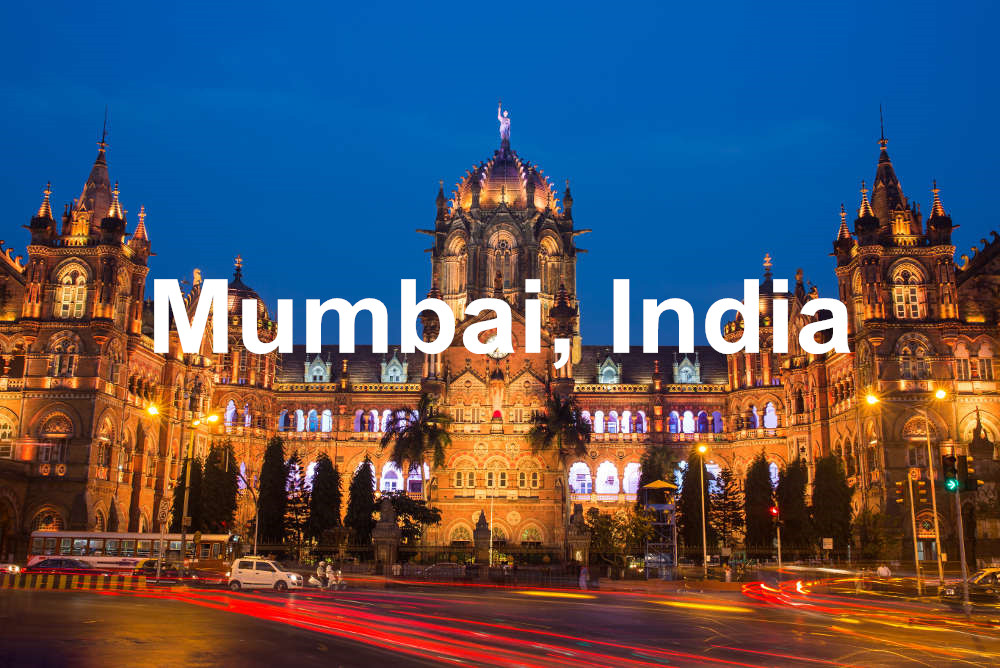
* The e-commerce industry has been directly impacting the micro, small & medium enterprises (MSME) in India by providing means of financing, technology, and training and has a favorable cascading effect on other industries as well.
* The Indian e-commerce industry has been on an upward growth trajectory and is expected to surpass the US to become the second-largest e-commerce market in the world by 2034.
* Technology-enabled innovations like digital payments, hyper-local logistics, analytics-driven customer engagement, and digital advertisements will likely support the growth in the sector.
* The growth in the e-commerce sector will also boost employment, increase revenues from export, increase tax collection and provide better products and services to customers in the long-term.
8. Osaka, Japan
Metropolitan Area: 225km²
Population: 2.7 Million
Internet Penetration Rate: 83%
Smartphone Penetration Rate: 62%
Digital Banking Penetration Rate: 83%
Retail Market Size: 170 Billion USD
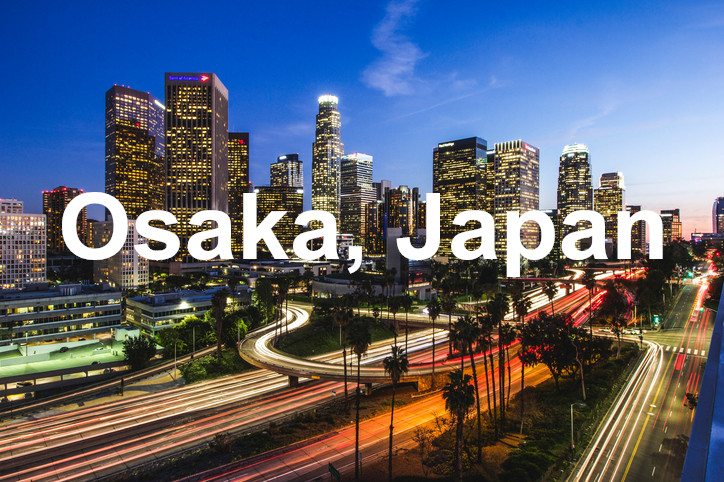
* Japanese have the habit of shopping online with average online spending $1,164. The Japanese e-commerce market is expected to be worth more than $113 billion by 2022, according to data.
* Amazon and Rakuten, Japan’s leading e-commerce platform, occupy a huge portion of the Japan business-to-consumer (B2C) e-commerce marketplace share in Japan.
* The Japanese e-commerce market is broken into 3 categories: 51.7% retail, 37.0% services, and 11.3% digital content, and the increase in the service category is the most prominent.
* marketing trend
- Consumers expect lower prices on the Internet
- C2C market is on the rising
- Seniors are shopping on mobile
9. Seoul, South Korea
Metropolitan Area: 11,704km²
Population: 25 Million
Internet Penetration Rate: 87%
Smartphone Penetration Rate: 93%
Digital Banking Penetration Rate: 99%
Retail Market Size: 300 Billion USD
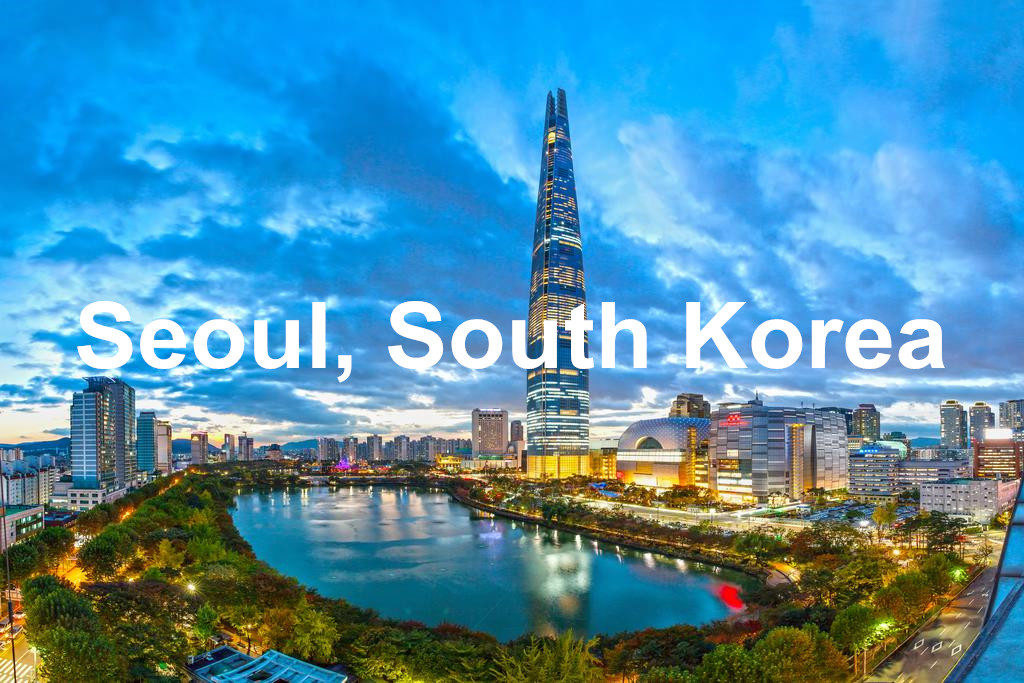
*South Korea plans to foster 15,000 e-commerce exporters by 2022 with additional infrastructure and financing, amid the rapid growth of e-commerce globally.
* The government will build an integrated logistics center where storage, clearance, and delivery are handled in one place. It will be connected with the Korea Customs Service for an automatic export declaration.
* Overseas bases will be set up to better help startups advance in the global market and boost exchanges with foreign companies.
* 34% of South Korean shoppers use social media payment gateways when shopping online via mobile, and a further 29% prefer bank payment apps. Samsung Pay is also a popular online payment method in South Korea.
10. Shanghai, China
Metropolitan Area: 6,340km²
Population: 24.1 Million
Internet Penetration Rate: 74%
Smartphone Penetration Rate: 73%
Digital Banking Penetration Rate: 65%
Retail Market Size: 148.9 Billion USD

* Shanghai is the biggest port in China and it is a center of technique, trade, finance, information, and culture. And also it is one of the biggest cities in the world and a famous international port. The Bund has evolved into a center for international finance and trade which attracts millions of tourists every year.
* A large number of industrial zones, including Shanghai Hongqiao Economic and Technological Development Zone, Jinqiao Export Economic Processing Zone, Minhang Economic and Technological Development Zone, and Shanghai Caohejing High-Tech Development Zone, are backbones of Shanghai’s secondary industry.
* To enhance the city’s capacity and core competitiveness in e-commerce, the government plan to make new breakthroughs in core functions as a global center of economy, finance, trade, shipping, and innovation.
Related Entry:
https://cjdropshipping.com/2019/07/03/top-10-e-commerce-city-in-china-for-fulfillment-and-dropshipping/
START & SCALE YOUR DROPSHIPPING BUSINESS FROM HERE

